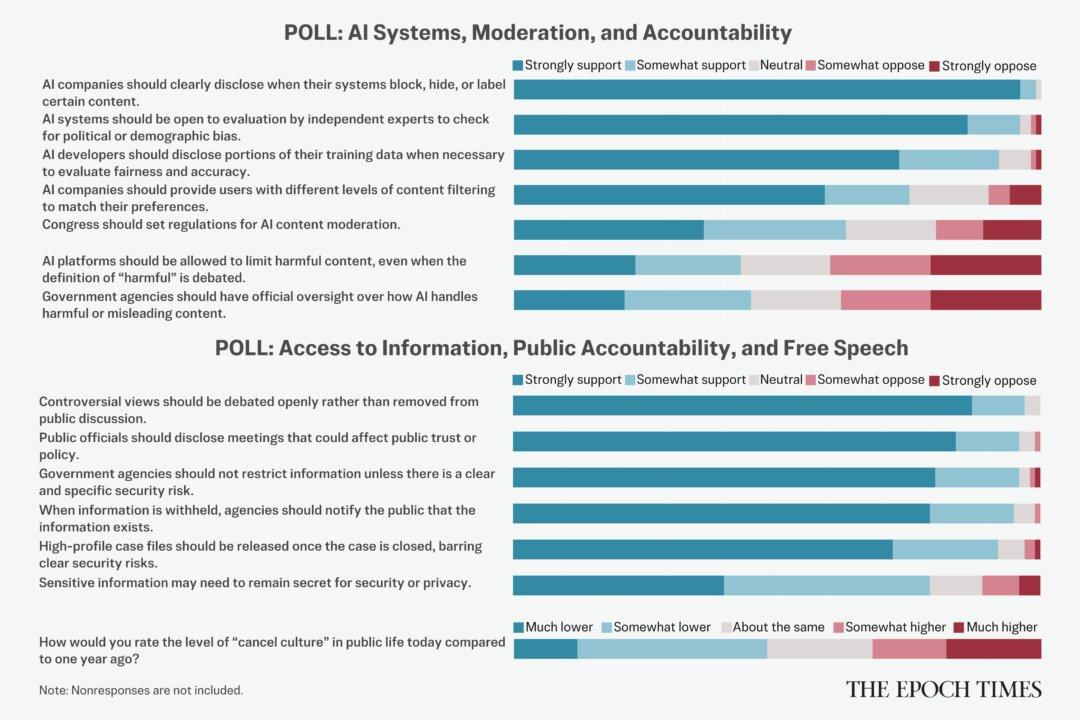Persistent underfunding, an aging population, and workforce attrition created a perfect storm that resulted in significant delays in processing applications for Social Security disability benefits.
“The pandemic, combined with high attrition, created backlogs. Initial disability claims pending have now reached over 1 million,” Kilolo Kijakazi, acting commissioner of the Social Security Administration (SSA), said at a forum hosted by the Urban Institute on April 11.





